What We Know About Streaming Behavior
Although we like to think of streaming and broadcast as very different, they aren’t really. Viewer behavior is relatively the same: most people watch video, whether streaming or from their cable provider, when they are at home. Yes, there are exceptions to that. Younger viewers probably watch short form content on their phones throughout the day (when they can), and older viewers might sneak a video (maybe a sporting event happening during working hours) from their desks. Although there’s not a lot of data available on when people like to watch streaming video, if watching video on services like Netflix, Disney+, and Hulu are anything like watching streaming video on Twitch, the peak time for video streaming, prior to the current situation, is most likely 6PM to 8PM on weekdays (according to TwitchTracker, there are 1.6M to 1.75M viewers during that window).
The Situation is Changing
The global COVID-19 outbreak, though, is changing that landscape. As more businesses send their employees home, where they can watch streaming video while working, as schools close and students go online to learn and play (perhaps spending hours bouncing around streaming sites like YouTube), as governments quarantine large swaths of citizens who can no longer turn to entertainment outside their homes, the potential for consistent streaming to happen at all times of the day is a distinct possibility. In fact, just consider some of these use cases:
- Gyms streaming workouts to people in their homes
- Colleges and K-12 shifting to online learning with recorded video lectures
- Performers and entertainers streaming their concerts and events (that’s happening right now in Austin, TX)
And although many streaming providers architect their platforms to handle scale, sustained scale is another issue entirely. What’s more, the profile has changed. Where the bulk of streaming used to happen in prime-time, it’s now happening throughout the whole day, radically changing the delivery profile. It’s no longer just an event, or just a new release. It’s the possibility of all day, every day.
Some Helpful Advice
To improve the streaming experience industry-wide, to make it even better than broadcast, we have to work together. We must share our insights, our failures, and our successes. This is why the Streaming Video Alliance exists: to provide a forum for this sharing and collaboration.
Listed below are some pieces of advice or things to consider from engineers and technologists in our member companies for dealing with the potential of consistent high-demand for streaming content that we might face over the next few months. Some of these ideas are very practical, others more observational, and some future-looking. Note, though, that these are the individual opinions of these members and/or their respective companies, not necessarily the Streaming Video Alliance.

Ivan Gonzalez (Video Systems Engineer)

Matt Stock (Principal Architect, SMTS)

Hadar Weiss (CEO)
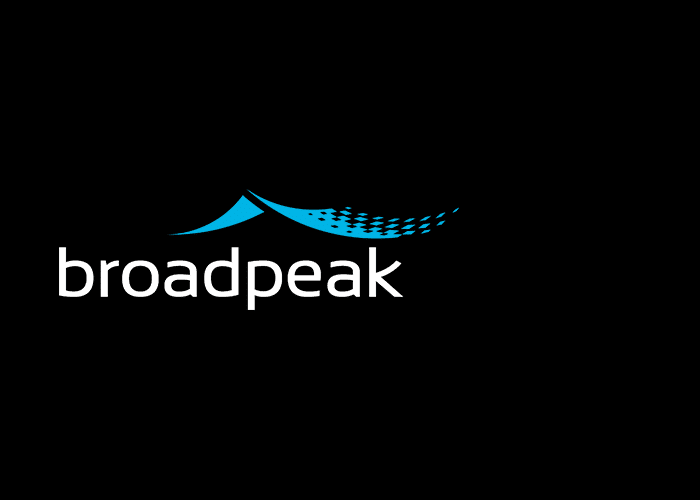
Mathias Guille (Americas Pre-Sales Director)
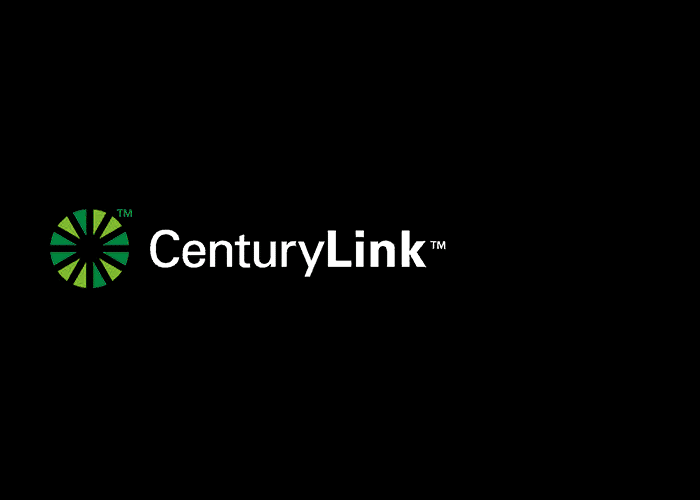
Pierre-Louis Théron (CEO, Streamroot)

Steve Miller-Jones (VP of Edge Strategy)

J. Martin (CIO)

Noriya Sakamoto (Chief Specialist)
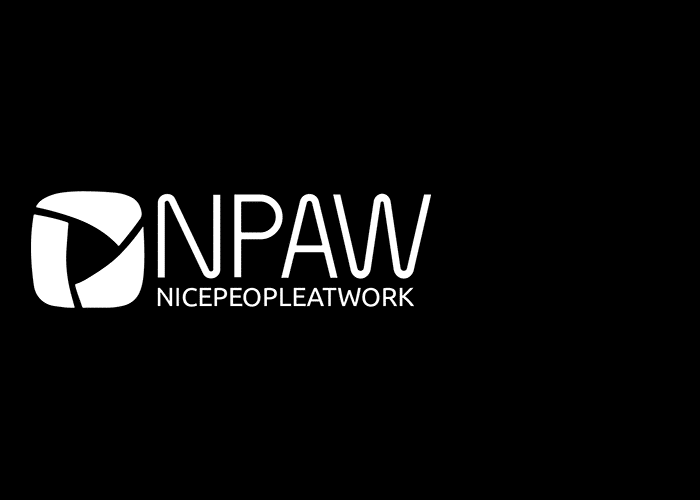
Marc Maycas (VP of Product Solutions)
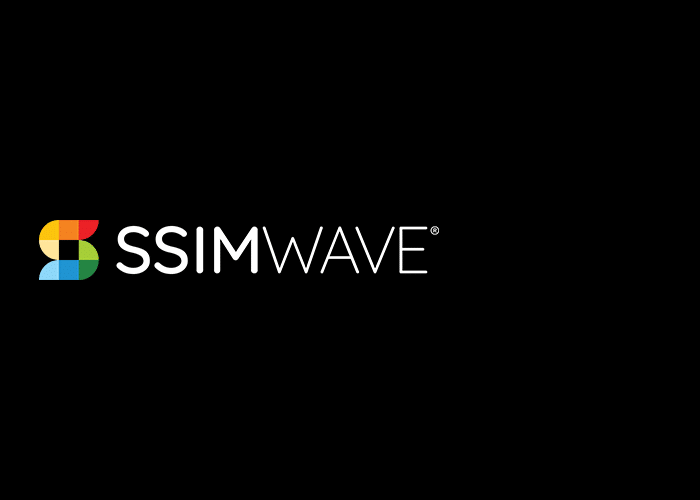
Dr. Abdul Rehman (CEO)

Damien Lucas (Co-Founder/CTO)
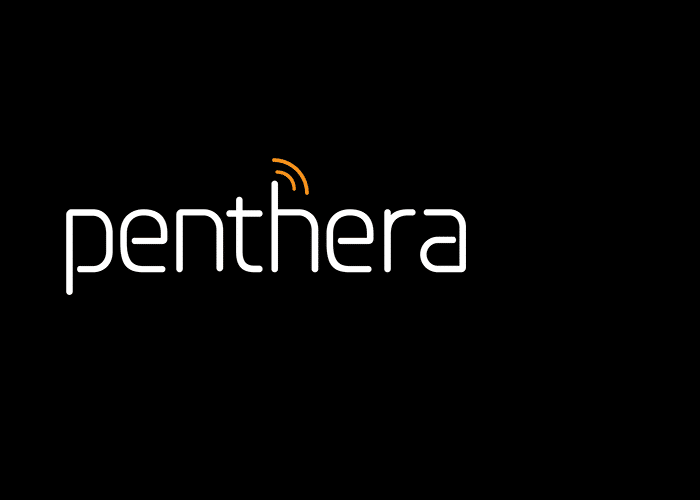
Josh Pressnell (CTO)

Jason is the Executive Director of the Streaming Video Technology Alliance, the international technical association for streaming video which brings companies from across the streaming ecosystem together to collaborate on technical solutions to delivering high-quality video at scale. In this role, he runs day-to-day operations, finances, member recruitment, strategy, and evangelizes the organization at events around the world. He is also the co-founder of a big data startup, datazoom.io. Jason is a contributing editor at Streaming Media Magazine and has written several books.
-
PJ Lynch
The Capacity Gap Much has been said about the explosive growth in the demand for…
-
Advertising Working Group
The Need to Get Everyone on the Same Page As more video is consumed across…



